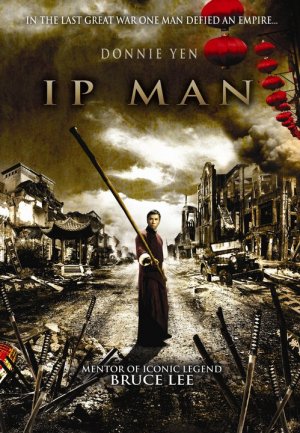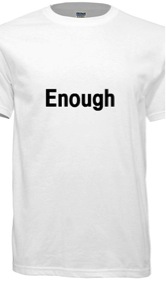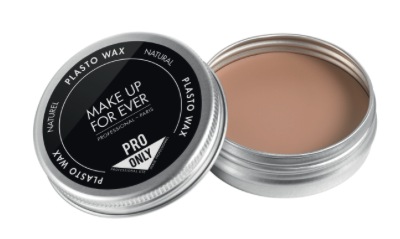I was reminded of Chief Justice Marshall’s statement for the Court in Marbury v. Madison:
It is emphatically the province and duty of the judicial department to say what the law is. Those who apply the rule to particular cases, must of necessity expound and interpret that rule.
Chief Justice John Marshall for the Court, Marbury v. Madison, 5 U.S. 137, 177 (1803).
One wonders what Chief Justice Marshall would think of the Court’s opinions in recent patent and copyright cases:
The question before us is whether the claims do significantly more than simply describe these natural relations. To put the matter more precisely, do the patent claims add enough to their statements of the correlations to allow the processes they describe to qualify as patent-eligible processes that apply natural laws? We believe that the answer to this question is no.
Justice Breyer for the Court, Mayo Collaborative v. Prometheus Labs., 132 S. Ct. 1289, 566 U.S. 10, 182 L. Ed. 2d 321 (2012)(emphasis in the original).
In any event, we need not labor to delimit the precise contours of the “abstract ideas” category in this case. It is enough to recognize that there is no meaningful distinction between the concept of risk hedging in Bilski and the concept of intermediated settlement at issue here. Both are squarely within the realm of “abstract ideas” as we have used that term.
Justice Thomas for the Court, Alice Corp. Pty. Ltd. v. CLS Bank Intern., 134 S. Ct. 2347, 573 U.S., 189 L. Ed. 2d 296 (2014).
In other cases involving different kinds of service or technology providers, a user’s involvement in the operation of the provider’s equipment and selection of the content transmitted may well bear on whether the provider performs within the meaning of the Act. But the many similarities between Aereo and cable companies, considered in light of Congress’ basic purposes in amending the Copyright Act, convince us that this difference is not critical here. We conclude that Aereo is not just an equipment supplier and that Aereo “perform[s].”
Justice Breyer for the Court, American Broadcasting v. Aereo, Inc., 134 S. Ct. 2498, 573 U.S., 189 L. Ed. 2d 476 (2014). (The dissenting opinion characterized this as the “looks like cable TV standard.”)
Insofar as there are differences, those differences concern not the nature of the service that Aereo provides so much as the technological manner in which it provides the service. We conclude that those differences are not adequate to place Aereo’s activities outside the scope of the Act.
Justice Breyer for the Court, American Broadcasting v. Aereo, Inc., 134 S. Ct. 2498, 573 U.S., 189 L. Ed. 2d 476 (2014).



